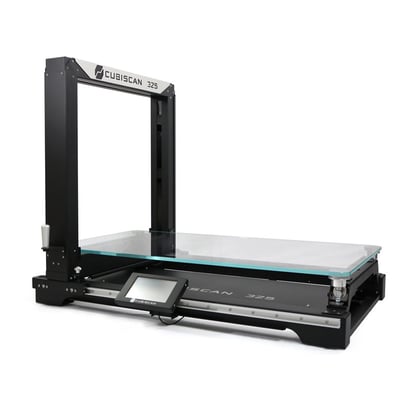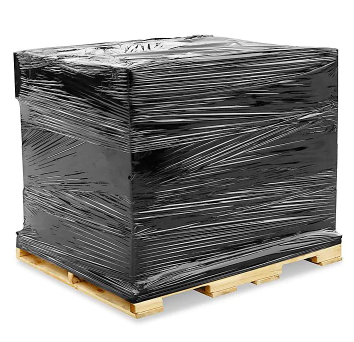 When you're in the market for a dimensioning system, you should ask providers about three key things–certifications, testing, and system limitations. Asking about these is a great first step toward finding a high-quality dimensioning product. Every dimensioning system has limits and best use cases. Knowing what questions to ask is a good way to make sure you purchase the dimensioner you need. Not just the one a company wants to sell you.
When you're in the market for a dimensioning system, you should ask providers about three key things–certifications, testing, and system limitations. Asking about these is a great first step toward finding a high-quality dimensioning product. Every dimensioning system has limits and best use cases. Knowing what questions to ask is a good way to make sure you purchase the dimensioner you need. Not just the one a company wants to sell you.
There are several types of certifications you should ask about when shopping for a dimensioning system. One is a Legal-for-Trade (LFT) certificate. In some areas of the world, an LFT certificate is required to use a dimensioner to directly charge a customer. An LFT certificate is not necessary if you plan on using your dimensioning system for internal purposes such as shipping and warehousing. Along with LFT certifications, asking about safety certifications is always a good idea. Safety certifications are pretty standard for most dimensioning systems nowadays, but it never hurts to ask.

For a measurement device to function properly and consistently, it must undergo rigorous testing. Producing one correct measurement is much easier than producing hundreds of correct measurements over the course of a day. Extensive testing is essential for hardware and software components before they can go to work in a warehouse.The last thing you want is a dimensioner that can’t consistently and reliably provide correct measurements. Look for a provider that puts a lot of time into testing their technology and can provide documentation to show the unit passed rigorous testing.
3. LIMITATIONS
 It’s also important to know that different dimensioners use various technologies to measure items. Each type of technology has its pros and cons, so it's important to ask about them. There currently isn’t a single piece of technology that will effectively measure any item. For example, ultrasound-based systems are not capable of measuring an item such as a foam football. The foam would absorb the sound waves so nothing would bounce back to the sensors to produce the dimensional data. If you’re using a system that uses a type of light technology or laser technology, the items being measured can’t be transparent or highly reflective. Camera-based dimensioners struggle with items wrapped in black plastic. As you speak with potential dimensioning providers, be transparent about the items you need to measure. Ask specifically if a solution they recommend can dimension the types of items you need to measure.
It’s also important to know that different dimensioners use various technologies to measure items. Each type of technology has its pros and cons, so it's important to ask about them. There currently isn’t a single piece of technology that will effectively measure any item. For example, ultrasound-based systems are not capable of measuring an item such as a foam football. The foam would absorb the sound waves so nothing would bounce back to the sensors to produce the dimensional data. If you’re using a system that uses a type of light technology or laser technology, the items being measured can’t be transparent or highly reflective. Camera-based dimensioners struggle with items wrapped in black plastic. As you speak with potential dimensioning providers, be transparent about the items you need to measure. Ask specifically if a solution they recommend can dimension the types of items you need to measure.

